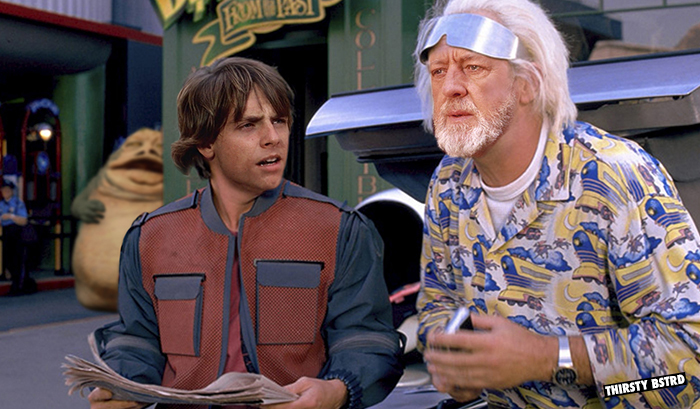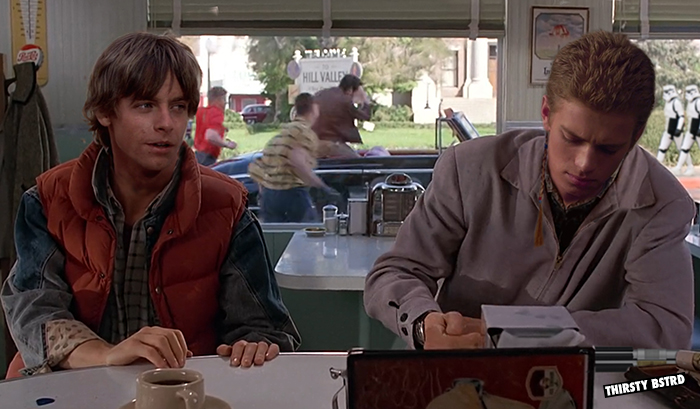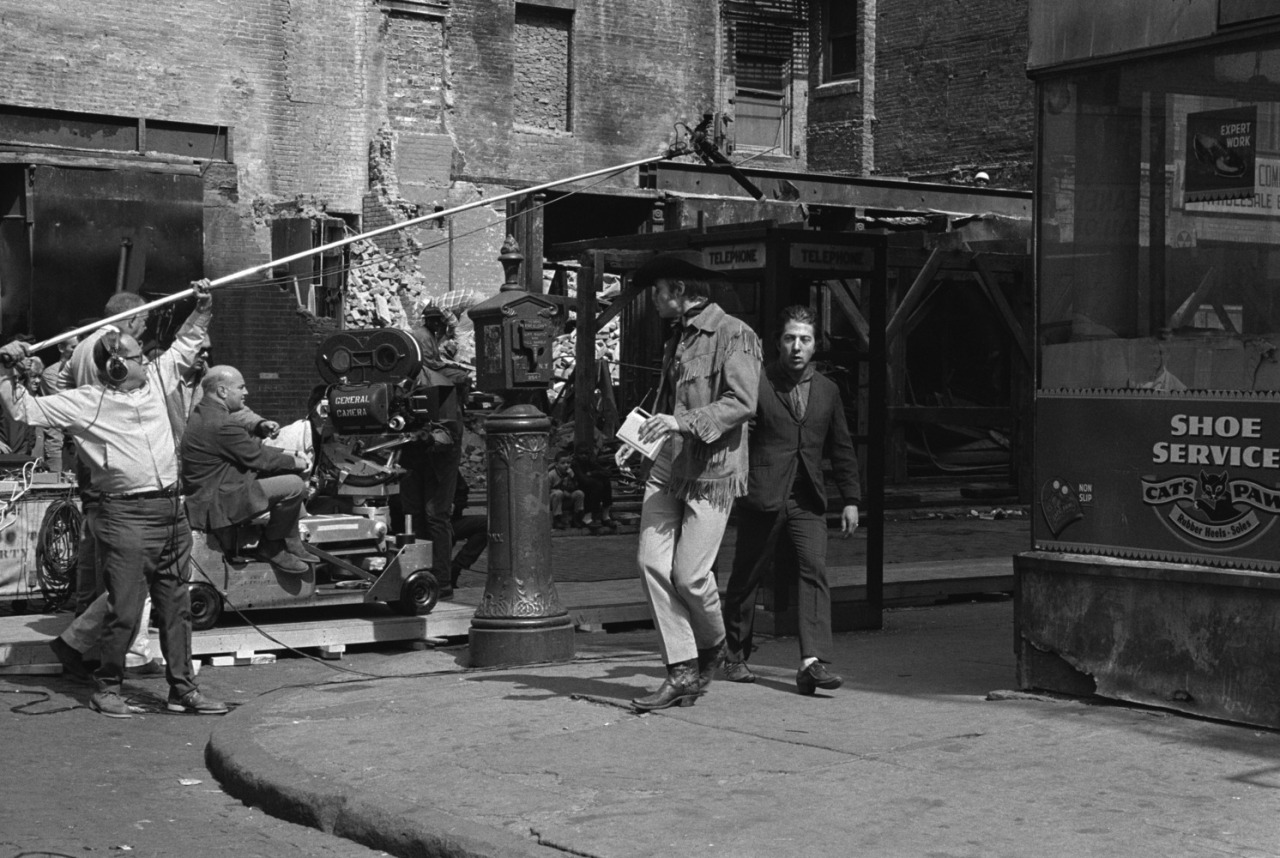Saudi Arabia, Russia, Qatar and Venezuela have agreed to freeze oil production at January 2016 levels if other producers do the same.The move reflects growing concern among major oil producers about the economic effects of a prolonged slump in crude prices. Hasan Jamali/AP hide caption
toggle caption Hasan Jamali/AP
Millions of Americans have been freezing in record-low temperatures this month.
Now many are mapping out road trips, preparing to head south soon for Easter and spring breaks. And with gas prices averaging just about $1.70 a gallon nationwide, they are looking forward to affordable travel.
But on the other side of the world, oil producers are trying to engineer a different kind of freeze — one that could heat up gas prices again.
Leaders of some of the biggest oil-producing nations in OPEC want to freeze their oil output at January levels rather than continue increasing output. Tighter oil supplies eventually could translate into higher prices.
So, will that happen?
Most experts say consumers are playing a stronger hand than OPEC, the once-fearsome cartel that now seems so diminished.
The chances that OPEC will be able to maintain a production freeze are “extremely remote,” said Gregg Laskoski, a petroleum analyst with Gasbuddy.com, a website that tracks consumer gasoline prices. At OPEC meetings, “there’s a lot of posturing, but we simply have a glut of oil” that will continue for a long time, he said.
Still, OPEC will keep trying to boost prices. Here’s what’s happening, and what it might mean for your wallet:
OPEC, the Organization of the Petroleum Exporting Countries, is made up of 12 of the world’s largest oil producers, including Saudi Arabia, Venezuela, Qatar, Iran and Iraq.
The United States is not part of the cartel, which was formed about a half-century ago to push up or hold down oil supplies. OPEC’s goal is to keep supplies at levels that ensure stable prices and healthy profits for members.
But production from U.S. shale formations has driven up oil supplies so quickly that prices have fallen globally, down to 12-year lows.
Despite this oil price plunge, OPEC countries keep drilling.
Now the largest OPEC producer, Saudi Arabia, has struck a deal with Russia, the largest non-OPEC producer, to freeze output at January levels. Qatar and Venezuela also have agreed to the deal struck at a meeting in Qatar Tuesday, a Saudi official told reporters in Doha.
If OPEC countries would stick to the January output levels, then oil supplies would get whittled down over time and eventually boost prices.
But the freeze would work only if two additional OPEC countries, Iran and Iraq, participate. In Iraq, that’s not likely to happen because the government needs oil sales to keep fighting ISIS.
And in Iran, officials have said that with economic sanctions finally lifted following a nuclear deal, producers want to return output to pre-sanctions levels. That means ramping up, not pulling back.
Despite all of these reasons for not cooperating with each other, OPEC leaders are still hoping some deal can be worked out to restrain production. They plan to meet in Tehran on Wednesday.
At first, oil investors appeared optimistic — if nothing else because any agreement between the Saudis and Russians could be seen as a step toward more production restraint.
“The obvious thing here is that you have Russia and the Saudis agreeing potentially to work together,” Dan Katzenberg, a senior oil analyst at Baird and Co., said.
That glimmer of hope sent crude oil prices up more than 7 percent on the New York Mercantile Exchange. But as the day wore on, optimism faded, sending oil prices back down.
By the day’s end, West Texas Intermediate, the U.S. benchmark for oil, was down more than 1 percent to $29.12.
For consumers, gasoline prices are likely to move up in March and April, but that will be because more drivers will be taking those vacation road trips, allowing gas station owners to charge a bit more. Also, refineries will be switching to more expensive summer blends.
“We will see incremental increases at the pump” because of seasonal factors, not because OPEC got its act together, Laskoski predicted.
NPR correspondent John Ydstie contributed to this report.
This entry passed through the Full-Text RSS service – if this is your content and you’re reading it on someone else’s site, please read the FAQ at fivefilters.org/content-only/faq.php#publishers.







